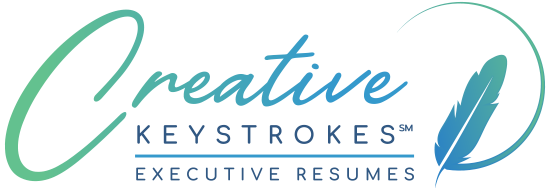Structure Your Resume and Executive Job Search Strategy to Combat Ageism
The History of Workplace Ageism
Ageism in hiring and in the workplace after you have been hired is nothing new, but it is increasingly noticed because so many workers want or need to continue their working careers past or even long past traditional retirement age. Ageism rears its ugly head sometimes as early as a person’s 40s, and is in full swing by the mid-50s. Age discrimination is most pervasive in the tech industry, where there have been high-profile lawsuits in the past year brought by employees against Intel, IBM, and Google. Facebook Chairman Mark Zuckerberg famously blurted out not too long ago that “Young people are just smarter.”
Ironically, age discrimination seems to have emerged as people started living longer and needed to continue to support themselves. Back in the 1870s, white men could expect to live only to about age 39, although some did live well into their 60s and many of those continued to work. It was only in the early 1900s that blatant ageism reared its ugly head.
Workplace Ageism Today
With the Age Discrimination in Employment Act (ADEA) of 1967, age discrimination against anyone 40 or older in hiring and the workplace was made illegal, but the practice still continues – -employers are just more careful to hide it. Unfortunately, it is difficult if not impossible to prove, especially in the case of failure to receive job offers. AARP as cited by FastCompany, points out that 64% of workers say they have witnessed or personally experienced workplace age discrimination, and 58% of adults believe that age discrimination begins in one’s 50s.
A sobering statistic is that more than half of older workers are pushed out of longtime jobs before they choose to retire, with many workers over 50 experiencing multiple job losses, according to data from ProPublica and the Urban Institute.
In a story this year, ProPublica described how IBM has forced out more than 20,000 U.S. workers aged 40 and over in just the past five years in order to, in the words of one internal company planning document, “correct seniority mix.”
One can argue that employers are irrationally dismissing the wisdom and experience that older workers bring to the table. For example, as the World Health Organization states, ” Policies enforcing mandatory retirement ages do not help create jobs for youth, as was initially envisaged, but they reduce older workers’ ability to contribute and reduce an organization’s opportunities to benefit from the capabilities and experience of older workers.”
Anti-Ageism Steps to Take in Your Job Search
Unfortunately, logical arguments about the foolishness of age discrimination do not alter the current state of affairs. So with ageism being a reality that doesn’t seem to be going away, what can you as an older but still vibrant and mentally young executive with a lot to contribute do to have a successful job search?
Keep current on technology, especially tech that your industry uses.
Create and maintain a strong profile and presence in social media, particularly LinkedIn. Pay a photographer for a good and flattering head shot.
Be prepared to answer the question about how long you plan to continue working, because it WILL be asked. (Employers cannot legally ask how old you are, but can obliquely pose the question in this way.) Indicate that you want to continue working as long as possible, that you enjoy the challenges and can’t picture yourself ever sitting around on a porch swing. State that you are eager to keep learning.
Discriminate in what companies you pursue. If Glassdoor reviews complain about poor attitudes toward older workers, avoid that company. Observe the age distribution you see when interviewing at a company. If all you see are twenty somethings, it may be best to move on.
Do everything possible to look as young and vital as possible. Pay attention to your weight and physical fitness. Color gray hair if you are comfortable with that. Make it a habit to move a little faster, talk a little quicker. Go to interviews well rested and with an upbeat attitude. Do your due diligence and try to dress in line with the norm at the company where you will be interviewing.
Structure your resume to combat ageism: a) Use modern-looking fonts and formats. b) Don’t list your experience with outdated technologies or methodologies that will instantly date you. c) Include expertise in leading-edge technologies or methods and any recent education or training, even if not pertinent to your current target, as they will help combat age bias. d) Don’t take your resume back more than 20 years if you can avoid it. You’ll alert readers immediately that you are at least in your 40s, and it is usually unnecessary because recruiters and companies generally only care about the last 10-15 years of employment anyway.

